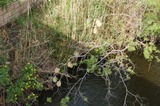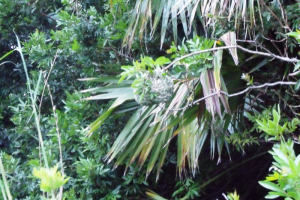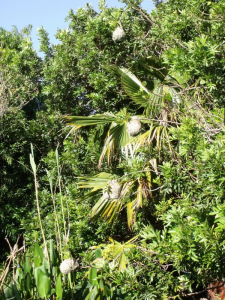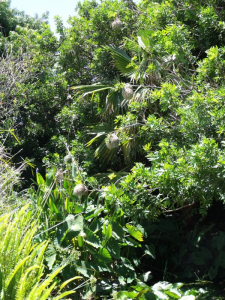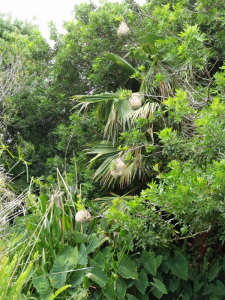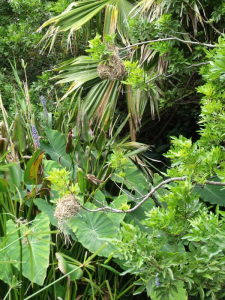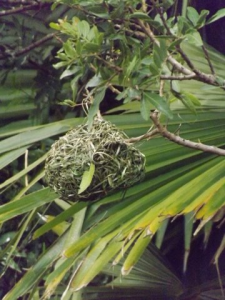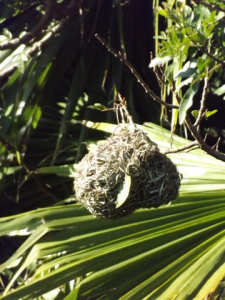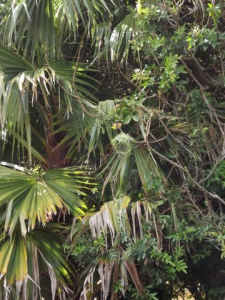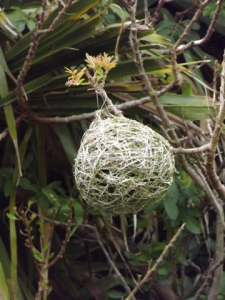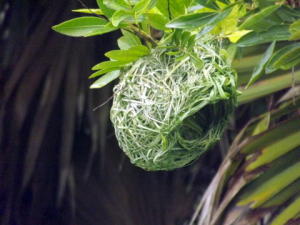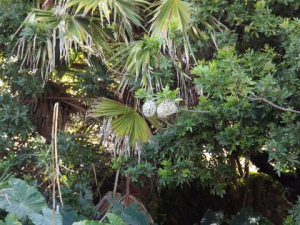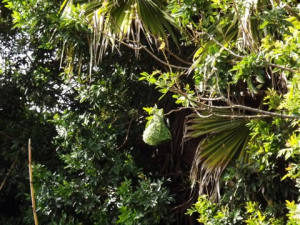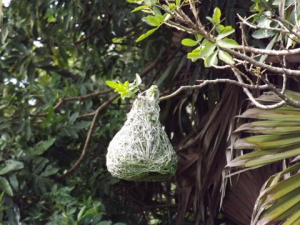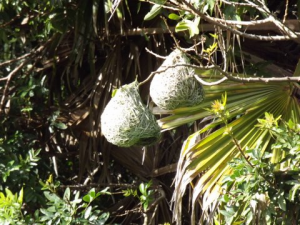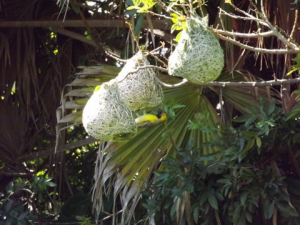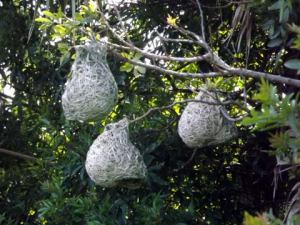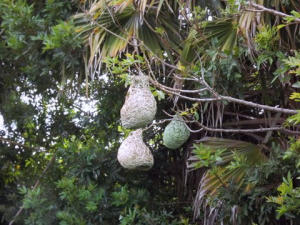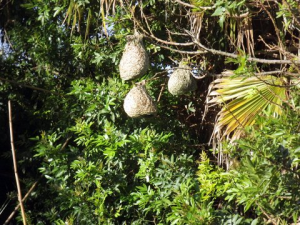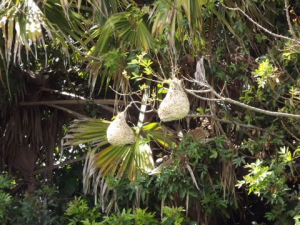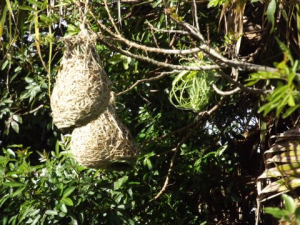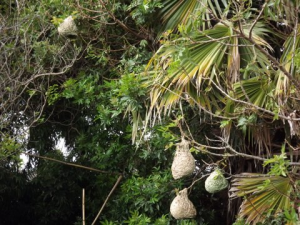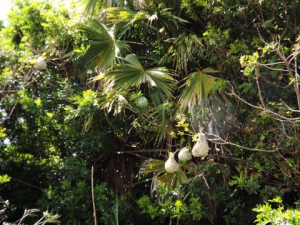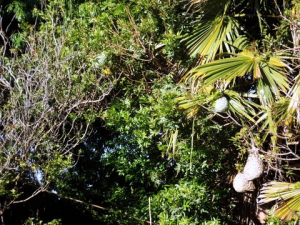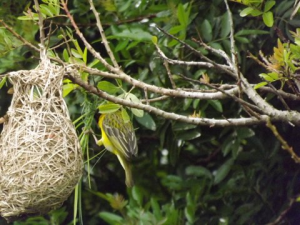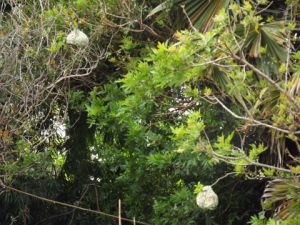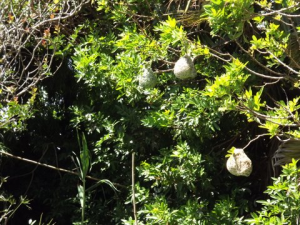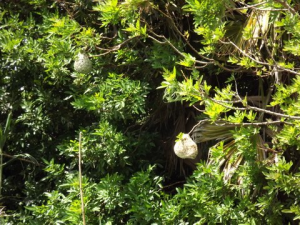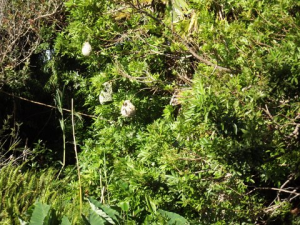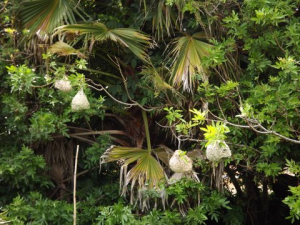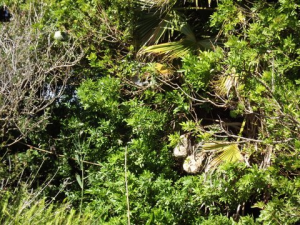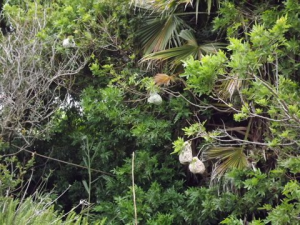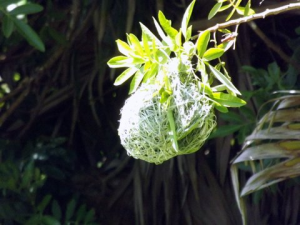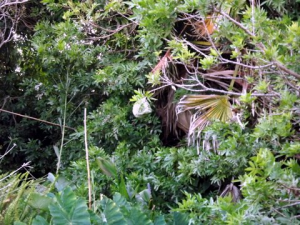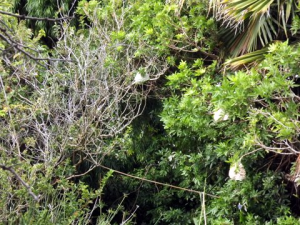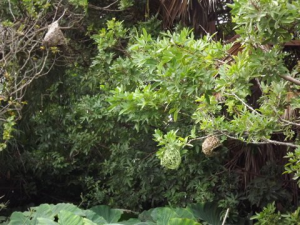PHOWN summaries and recordsVirtual Museum View records in Virtual Museum formatCoverage map for all species Species totals, Nest stats per species and Observer totals Species summary , or General query Observer records, or View VM record Photo of the week, or PHOWN repeats, or PHOWN priorities |
PHOWN record summary
|
Enter new vm record to see a different record and hit 'Go'.
|
Species allocated by Coordinator: Record details entered by participant: (see all records here for this participant) Google map for this record (zoom in and switch to satellite view)
Best: Southern Masked Weaver - early nest building
Photos uploaded by observer


Large photos
803, Southern Masked Weaver Ploceus velatus (see species summary here)Record status ACCEPTED Vm 993 [on-line data upload (2011-08-03): 7630] Species Southern Masked Weaver Observer(s) McFarlane J Country, town, locus South Africa, Western Cape, Cape Town,
3418BALocality Ottery, Siros Rd Latitude, longitude -34.00469, 18.507608 [0 m accuracy] Date 2011/7/28 Notes Nest count 1 Nest site tree
To see this map with all other PHOWN records, click here. Note that the map on this page will load very slowly and probably will only work if you use Chrome as a browser.
History of repeat colony counts
Note: repeats from the same day are not shown.vm Species code Date Nests Notes 2526 803 1/11/2010 1 2527 803 14/11/2010 4 2529 803 22/11/2010 5 2530 803 27/11/2010 4 2531 803 10/2/2011 2 993 803 28/7/2011 1 994 803 1/8/2011 1 1461 803 30/8/2011 1 The first nest was successful, with 2 young hatching out and both growing to adulthood. These are the pics I managed to get of the second nest. Unfortunately, this was also the last nest, as, before it was occupied, the garden service was called in to cut down a tree and do various other clearing (3 days). The Weaver stopped building, dismantled the nest, and has not built another one, although he's still around, and his ladies are still around and still interested 1462 803 5/9/2011 1 1463 803 10/9/2011 1 2535 803 2/7/2012 1 First nest of the season. 3105 803 11/7/2012 2 Owing (I assume) to the sudden onset of cold and very rainy weather, the male abandoned construction of nest 2. 3106 803 11/8/2012 1 Nest 3 was started early in August, and several others have followed, up to the end of September. All the nests bar one were built in the favoured central position 3107 803 16/8/2012 1 Nests were built in the favoured central position 3108 803 2/9/2012 2 nests were built in the favoured central position 3109 803 6/9/2012 3 nests were built in the favoured central position 3110 803 10/9/2012 3 nests were built in the favoured central position 3111 803 18/9/2012 3 nests were built in the favoured central position 3112 803 23/9/2012 3 nests were built in the favoured central position 3114 803 26/9/2012 3 Nests bar one were built in the favoured central position. The lone exception was started late in September and situated well away from the other nests, above and to the left. 3115 803 29/9/2012 2 The male is still building -- and is as popular with females as ever - as may be seen by the latest, incomplete nest 5018 803 3/10/2012 4 3 October – Nest begun at end of September now finished (4 nests complete) 5019 803 10/10/2012 5 10 October – New nest begun. There are now 5 nests – 3 in centre, one slightly above and one outlier. 5020 803 12/10/2012 4 12 October – One of the centre nests (the rearmost) demolished, leaving 2 in the centre, one above and one outlier, which the Male is still busily adding to. 5021 803 21/10/2012 1 16 October – The nest slightly above the others demolished. 17–19 October – All the nests except the Front one of the centre nest group demolished. 5022 803 29/10/2012 1 5023 803 5/11/2012 2 3 November – At last another nest added, well above and to the left of the remaining centre nest. Photo on 5 Nov. 5024 803 14/11/2012 3 By 14 November – Came back to find the 3 November nest demolished, and another two built, closer to main nest (still in use). The left-hand one looks, by its colour, to have been completed in the past couple of days. 5025 803 15/11/2012 2 15 November – Top right-hand nest demolished. Male still working on remaining top nest. Lower nest still occupied by female. 5026 803 18/11/2012 3 16 November – New nest in front of, ie to the west of, the occupied nest. 5027 803 25/11/2012 4 24 November – Another new nest, very close to previous top nest. A female flew out of the new nest of 16 November, so it appears to be occupied. 5028 803 30/11/2012 3 30 November – I must have been wrong about the new nest being occupied (the female I saw emerging was evidently only inspecting show-houses), as both the top nests have been demolished, and a new nest, well above the remining bottom two and well to the left, has been built. 5029 803 1/12/2012 4 1 December – a new nest (which has been built amazingly quickly), situated above the two old nests, about in the position previously occupied by the “new” nest of 24 November. 5030 803 5/12/2012 3 5 December – The two “main” nests (ie the oldest nest and nest of 16 November) demolished. One new nest in their place at present under construction. 5031 803 9/12/2012 2 9 December – Another new “high” nest well on towards completion. 5032 803 14/12/2012 1 Friday, 14 December – the nest of 9 Dec demolished, so only one nest – the new one in the “central” position – left intact. 5033 803 27/12/2012 3 16 December – New nest built above and behind the “centre” nest. 27 December – New nest in the “top left” position. Both older nests appear to be occupied – females seen emerging from both. 30 December – New nest demolished. 31 December – Rear nest torn down, leaving only the “centre” one (I was evidently wrong about the rear one being occupied). 5677 803 27/5/2013 3 This is the first nest of the 2013 season. The odd thing is, I have an idea it may be a Cape Weaver's nest. I have seen no sign of the Southern Masked weaver male for several weeks, but the male Cape Weaver, in almost full breeding dress (still hasn't got the full colours -- brown on the face, etc) has been in constant evidence for about 3 weeks, together with several females, including one with TWO orange rings, one on each leg (remember I could see only one leg before). The male flies constantly between the feeding stations and the direction of the nesting area, and today I spotted a partly constructed nest, but what species it belongs to I'm unable to say. The two old nest date from December last year and have, I presume, been used as sleeping-roosts and rain-shelters during the off-season.








